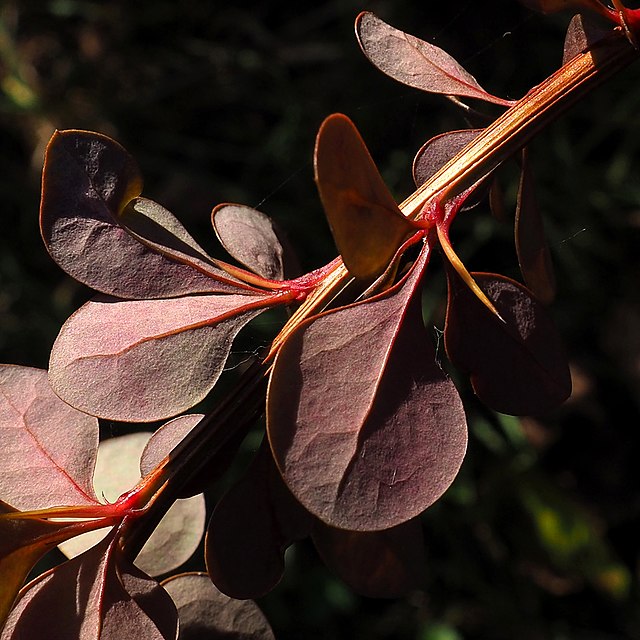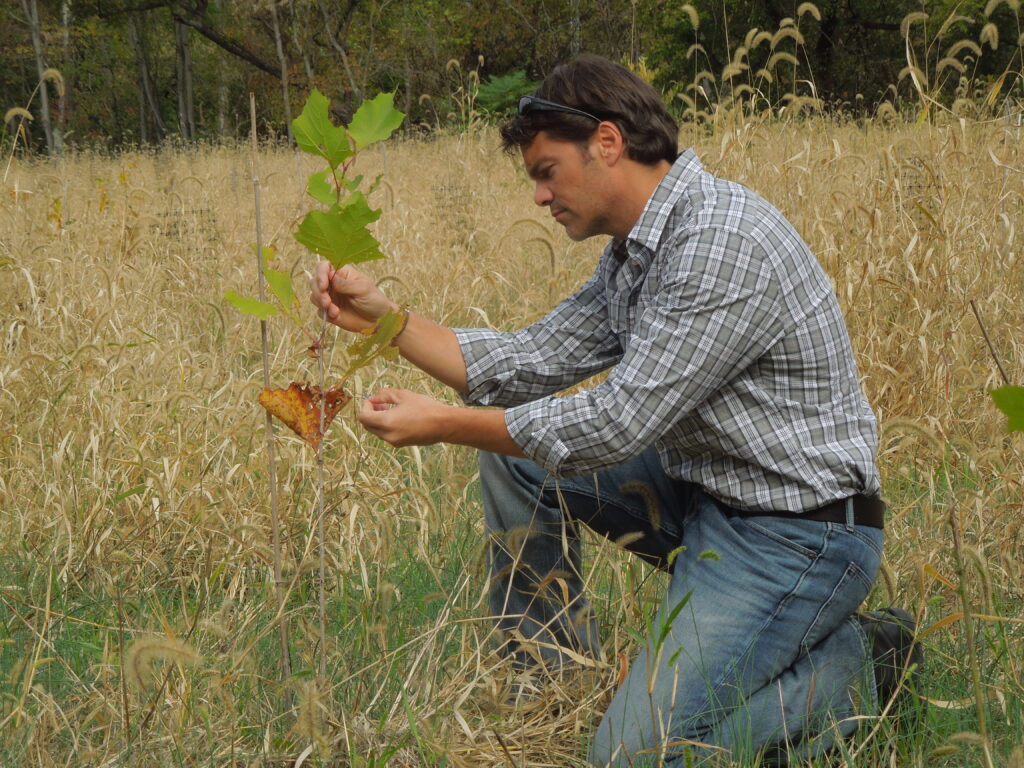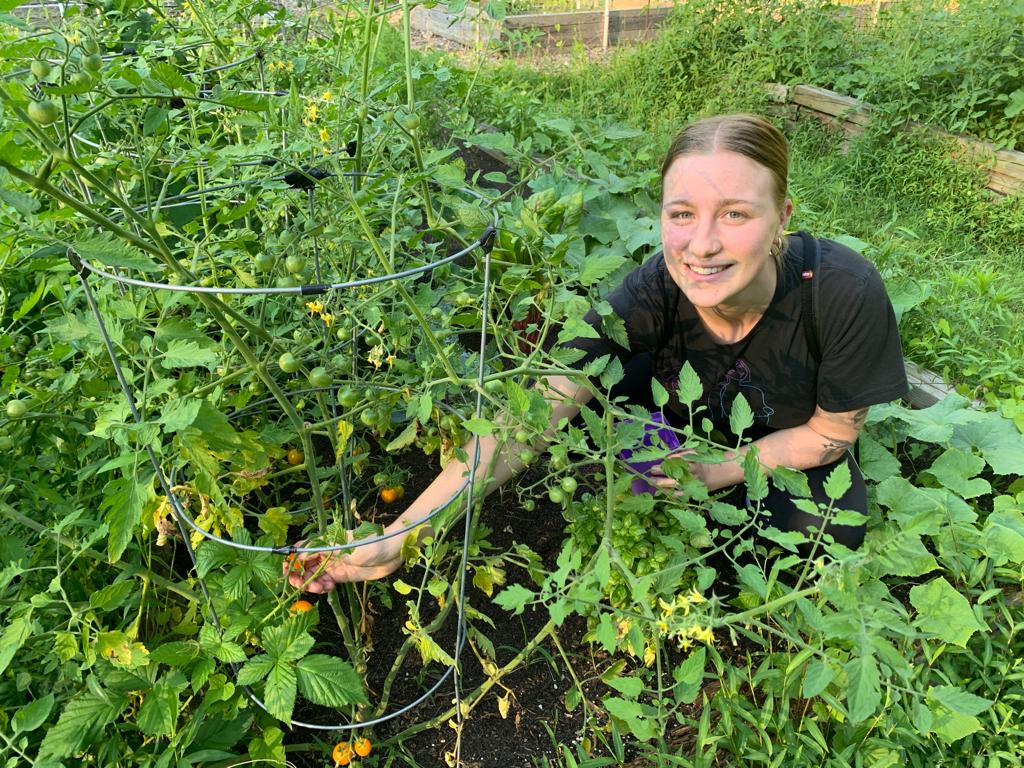by Laila Hurd

When it comes to media coverage, not all invasive species get equal treatment. A new study found that out of 209 invasive plant species in the United States, half the media coverage over the past decade centered around just 10 species. Additionally, 80% of media coverage focused on only the top 25 invasive species.
For John Parker, a community ecologist at the Smithsonian Environmental Research Center (SERC) and senior author of the paper, the study began at his uncle’s lake house. Unknowingly, Parker’s uncle had planted several invasive plant species.
“I said something to the effect of ‘You know, that’s going to spread,'” Parker recalled. “Then that piqued his interest. His eyes lit up a little bit. Honestly, it all started from that couple of interactions like that, to see what made people actually interested in invasive species.”

Invasive Plant “Personalities”—What Draws Attention?
Parker’s team turned to the internet to identify which plant traits drew media coverage and Google searches. For example, invasive plants like kudzu, coined “the vine that ate the South,” are abundant and conspicuous enough to hold attention. Others, like giant hogweed, pose health risks like skin irritation. The researchers found that health risks and well known attributes of certain invasive plants garnered more Google searches and media coverage. The more personal the interaction with the plant, the more likely its presence will stick in the public eye.
“That loss of control is something that people worry about when you’re thinking about invasive plants,” Parker said. “This idea that if I put it in my yard it’s going to take over everything, and it’s a hassle for me personally, the landowner. I think that stresses people out. But if it’s something that’s one or two steps removed from them, they can move on.”
However, it’s not uncommon for invasive plant species to fly under the radar. That’s especially true when they’re sold for agricultural and ornamental purposes. Japanese barberry, a particularly spiky bush used in home gardens, is available at Home Depot even though it spreads into native environments. The researchers found that plants like Japanese barberry, which had economic value, had less coverage.

Overall, media coverage on invasive species was disproportionate and targeted only a few species. This created a gap in the public’s knowledge of several other invasive species. Elena Woodworth, former SERC intern and lead author of the paper, highlighted the importance of noticing that knowledge gap.
“Initially we went in expecting to see local occurrences, like if you encounter the plants out in nature, that might be what makes you interested,” she said. “I think we were expecting it to be the ecological factors. So it was a little surprising to see that the media was such a big factor in it.”
Spreading Awareness, Not Invasives
Reconsidering which invasive species require attention, and how those species get managed, will require an overhaul of media coverage. Especially when profit is a barrier to gathering information on invasive plants, rethinking the ornamental plant industry may help.
“I would suggest rather than trying to keep them for that monetary value, to replace them with native species,” Parker said. “We can find species in the native subset that can do mostly the same things.”
Additionally, people may be missing basic information about invasive species and potential uses for them. Woodworth noted some invasive species like plantain have medicinal properties.
“People know what they look like, but they don’t know their name,” Woodworth said. “And they also have these uses. And they are almost considered to be native, because they’ve been here for so long. So the lines between native and invasive are always kinda blurred a little bit.” She acknowledged that it is a delicate balance between using invasive species and not encouraging their growth too much.
By showing correlations between public interest and media coverage, this research shows a pathway to fixing the knowledge gap.
“People do pay attention when they read things and see it,” Parker said. “We’ve just got to get more news in front of people’s faces—whether or not that’s through social media or traditional news sources.”
Regardless of source, transparency of information on all invasive species could use improvement. “I think it’s always good to push for better connections between science and science communicators, and to think more critically about media coverage,” said Woodworth.
The full study, “Media myopia distorts public interest in US invasive plants,” is available online in the journal Biological Invasions at https://link.springer.com/article/10.1007/s10530-023-03101-8.

